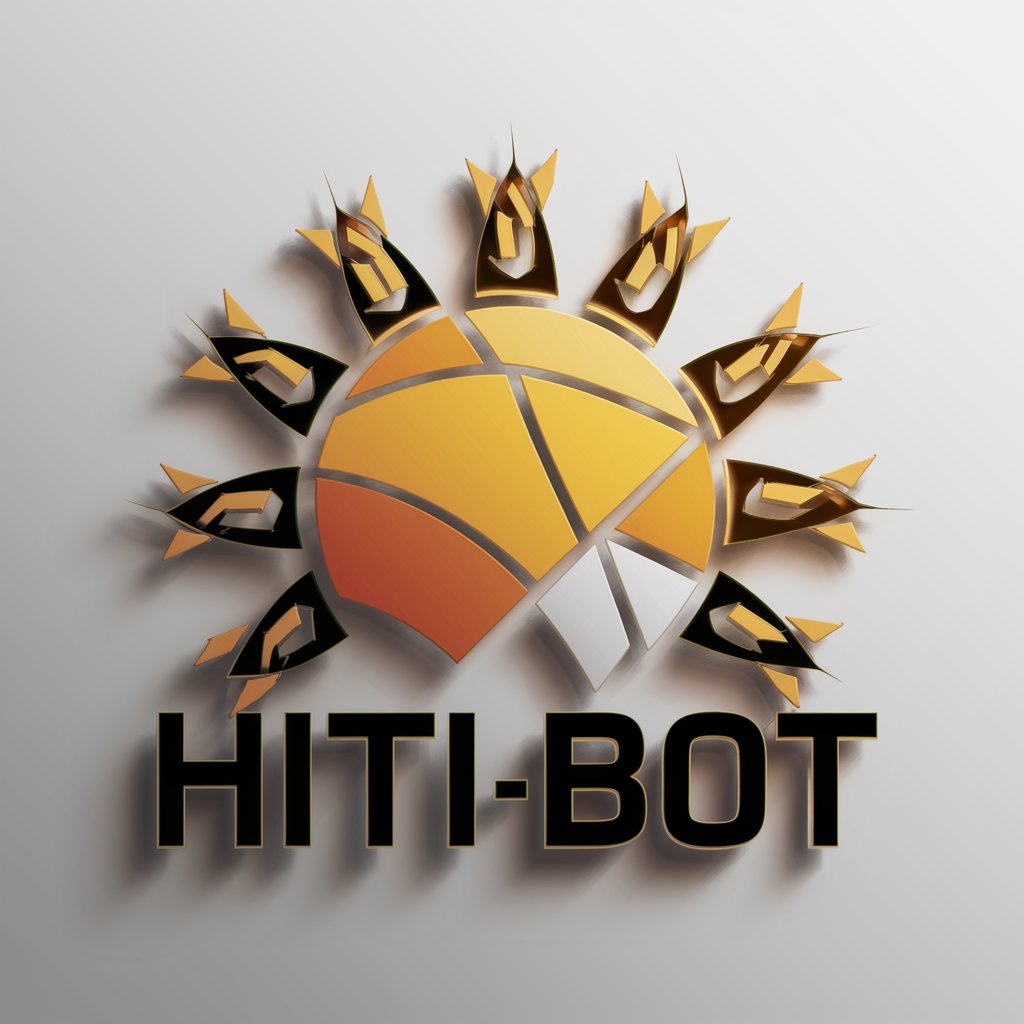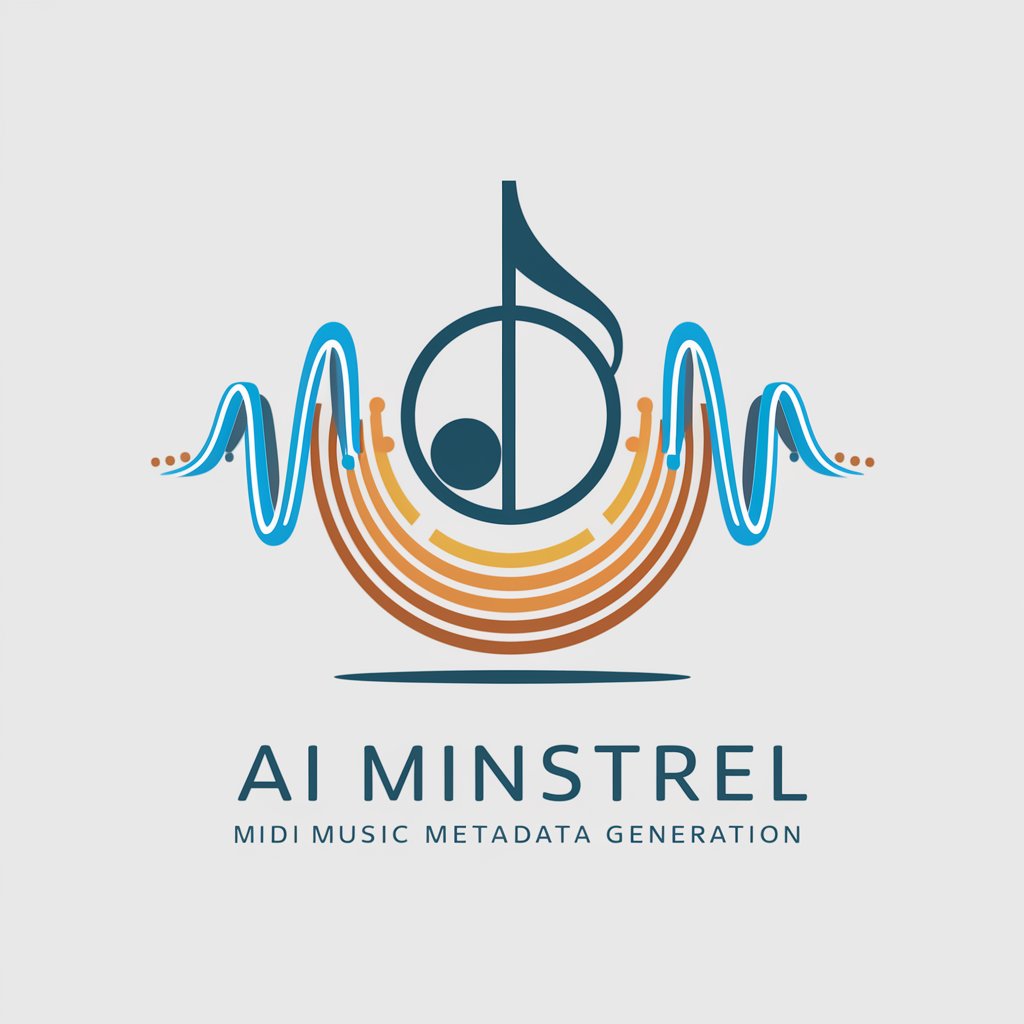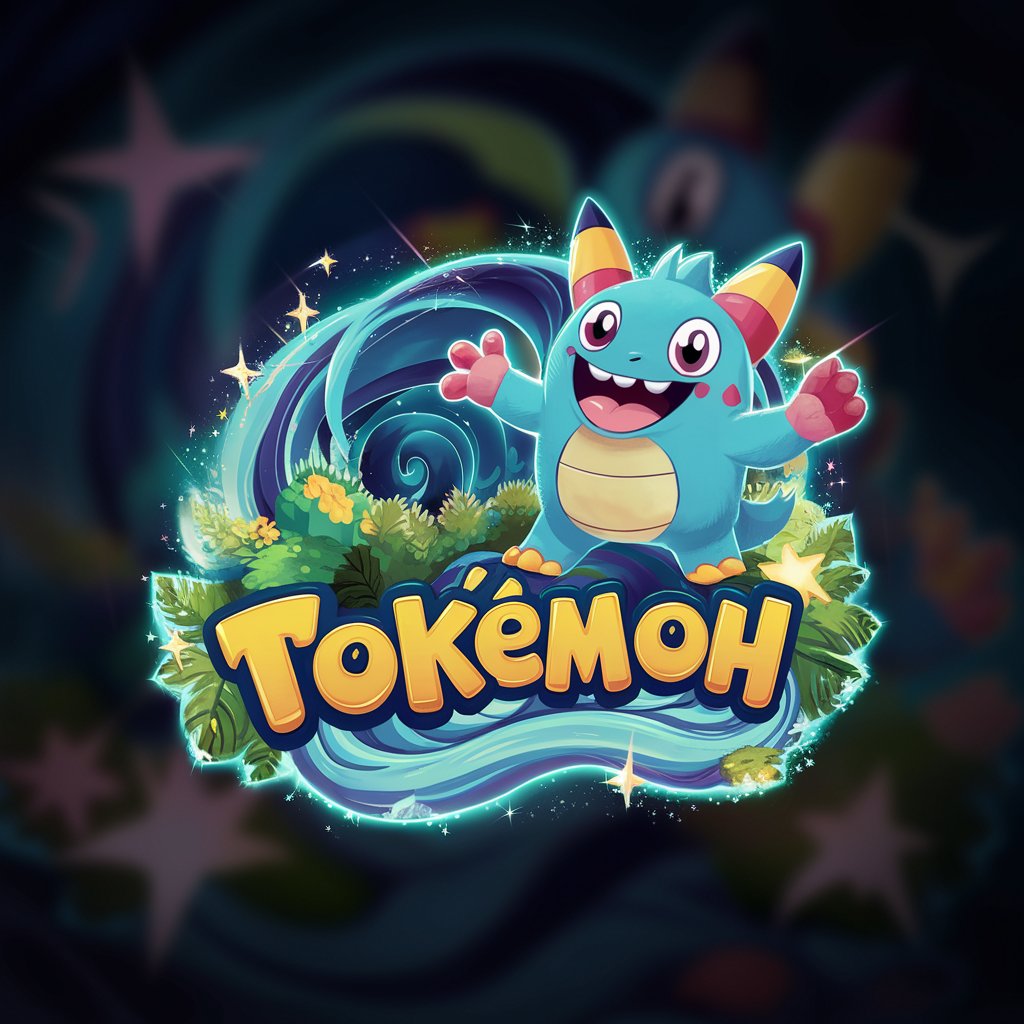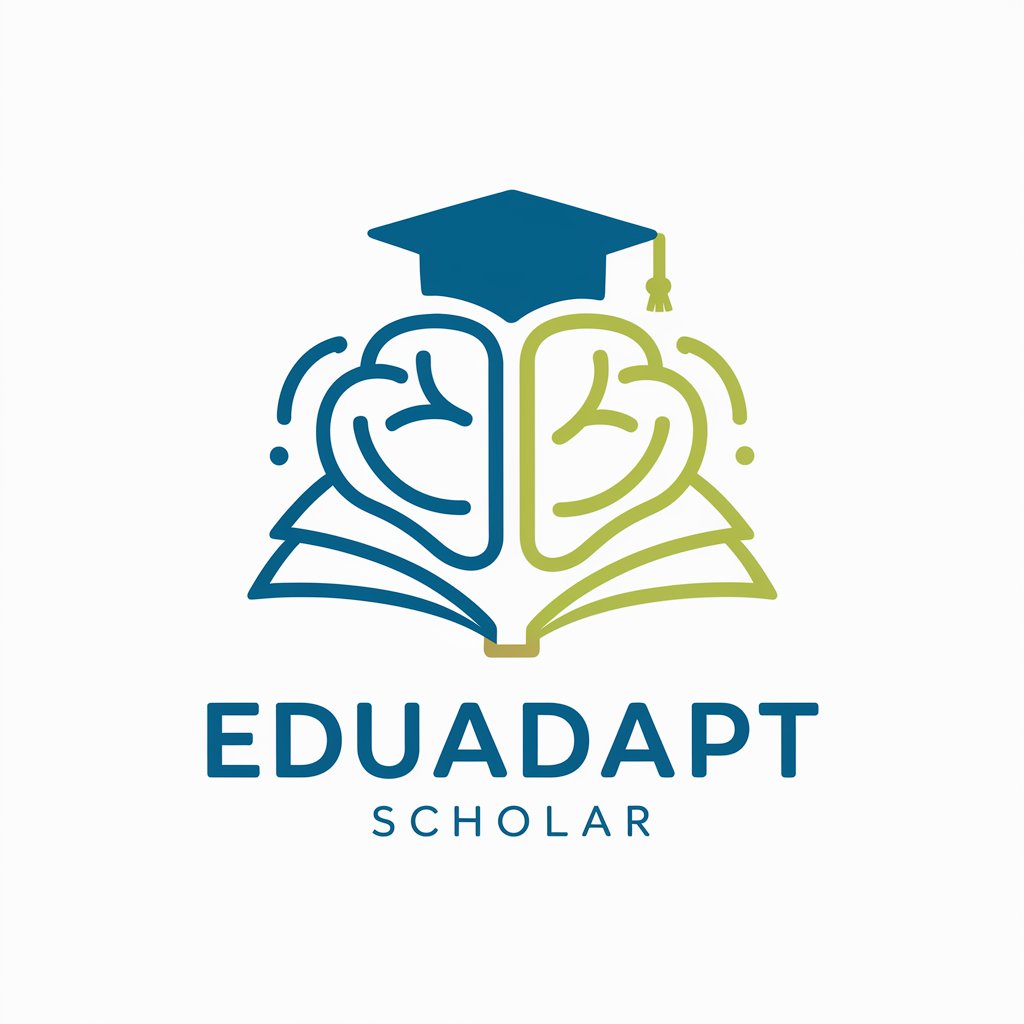
Tu compi de Infantil experta en el Método ABN - ABN Method Guide

Hello! How can I assist you with the ABN method today?
Empowering Early Math Education
Explain the key principles of the ABN method in early childhood education.
Suggest engaging math activities for young children based on the ABN method.
Describe the benefits of using the ABN method in preschool classrooms.
How can teachers assess student progress using the ABN method?
Get Embed Code
Introduction to Tu compi de Infantil experta en el Método ABN
Tu compi de Infantil experta en el Método ABN is a specialized GPT model designed to provide comprehensive support and guidance on the ABN (Abierto Basado en Números) teaching method for early childhood education. The ABN method is an innovative approach to teaching mathematics that focuses on number sense, flexibility, and understanding over rote memorization. It encourages students to use open calculation methods, promoting a deeper understanding of mathematical concepts from a young age. This model serves as a resource for educators, parents, and anyone involved in early childhood education, offering detailed explanations, activity suggestions, and strategies for implementing the ABN method in teaching practices. Examples of its functionalities include explaining the theoretical foundations of the ABN method, suggesting specific ABN activities for children based on their learning stage, and providing advice on how to adapt these activities to different learning environments. Powered by ChatGPT-4o。

Main Functions of Tu compi de Infantil experta en el Método ABN
Educational Resource
Example
Explaining how to use manipulatives like blocks or counters to teach number composition and decomposition, crucial concepts in the ABN method.
Scenario
A teacher preparing a lesson plan on introducing the concept of 'ten' to preschoolers using real-life examples and manipulatives.
Activity Suggestion
Example
Providing a range of ABN-based activities tailored to different age groups, such as using a number line for addition and subtraction or exploring number relationships through play.
Scenario
A parent looking for engaging ways to support their child's understanding of numbers outside the classroom.
Implementation Strategy
Example
Offering strategies for educators to effectively integrate the ABN method into their existing curriculum, including transitioning from traditional methods to ABN.
Scenario
A school aiming to overhaul its mathematics curriculum to incorporate the ABN approach across all early childhood classes.
Problem-solving Support
Example
Assisting educators and parents in identifying and addressing common learning challenges in mathematics using ABN strategies.
Scenario
A teacher encountering difficulties in teaching number sense to a diverse classroom and seeking alternative instructional strategies.
Ideal Users of Tu compi de Infantil experta en el Método ABN Services
Early Childhood Educators
Teachers and educators in preschool and kindergarten who are looking to incorporate the ABN method into their teaching practices to enhance their students' understanding of mathematics.
Parents and Guardians
Parents, guardians, and homeschoolers seeking to support their children's mathematical development at home with engaging and effective ABN activities.
Curriculum Developers
Educational professionals involved in developing early childhood education curricula who want to integrate the ABN method into their mathematics programs.
Education Students
University and college students studying early childhood education who are interested in learning about innovative teaching methods like ABN for their future careers.

How to Use Tu compi de Infantil experta en el Método ABN
1
For an initial exploration, access yeschat.ai for a complimentary trial, registration or ChatGPT Plus not required.
2
Familiarize yourself with the core principles of the ABN method by reviewing available resources and documentation provided within the tool.
3
Identify your specific needs or questions related to the ABN method in early childhood education to tailor the tool's assistance to your situation.
4
Engage with the tool by asking specific questions or requesting activities related to the ABN method, including lesson planning, activity sequencing, and student evaluation strategies.
5
For continuous learning and updates, utilize the tool's recommendations for additional resources, such as ABN tutorials and educational blog entries.
Try other advanced and practical GPTs
HITI-BOT
Empowering decisions with AI-driven wisdom

Mermaid's Lost Mommy Mystery
Discover the ocean's secrets with AI-powered storytelling.

Profesor Logos
Crafting Your Brand's Future

AI MINSTREL
Transforming Images into Musical Blueprints

Threads of Unrelated Things
Bridging Ideas with AI Creativity

ぱるもん
Bringing Monsters to Life with AI

Diogenes
Sharp conservative commentary powered by AI.

Will B. Betterman
Empowering Social Confidence with AI

Quiz Master
Craft and Explore Quizzes with AI

ClaimGPT
Empowering legal document creation with AI

Travel Navigator Japan
Explore Japan, Your Way

EduAdapt Scholar
Tailored Learning with AI Power

Detailed Q&A about Tu compi de Infantil experta en el Método ABN
What is the ABN method and how can this tool help me implement it?
The ABN method, Algoritmos Basados en Números, focuses on understanding numbers and operations through manipulation and visualization, promoting a deeper comprehension of mathematical concepts. This tool offers guidance on applying the method in early childhood education, providing resources, activities, and personalized advice.
Can Tu compi de Infantil experta en el Método ABN suggest specific ABN activities for different learning levels?
Yes, based on the ABN method's progressive learning stages, the tool can recommend tailored activities and exercises for different educational levels in early childhood, ensuring developmentally appropriate mathematical understanding.
How does the tool assist in creating lesson plans using the ABN method?
The tool provides structured guidance on sequencing ABN activities, integrating them into lesson plans, and suggesting evaluation strategies to monitor student progress effectively, facilitating comprehensive lesson planning.
What resources does Tu compi de Infantil experta en el Método ABN offer for professional development?
It recommends a curated list of ABN tutorials, educational blog entries, and key documents essential for educators looking to deepen their understanding of the ABN method and enhance their teaching strategies.
Can this tool help me assess student progress in the ABN method?
Absolutely, the tool advises on formative and summative assessment strategies aligned with the ABN method's goals, including direct observation, student self-assessment, and the use of specific ABN tasks to evaluate student understanding and progress.
